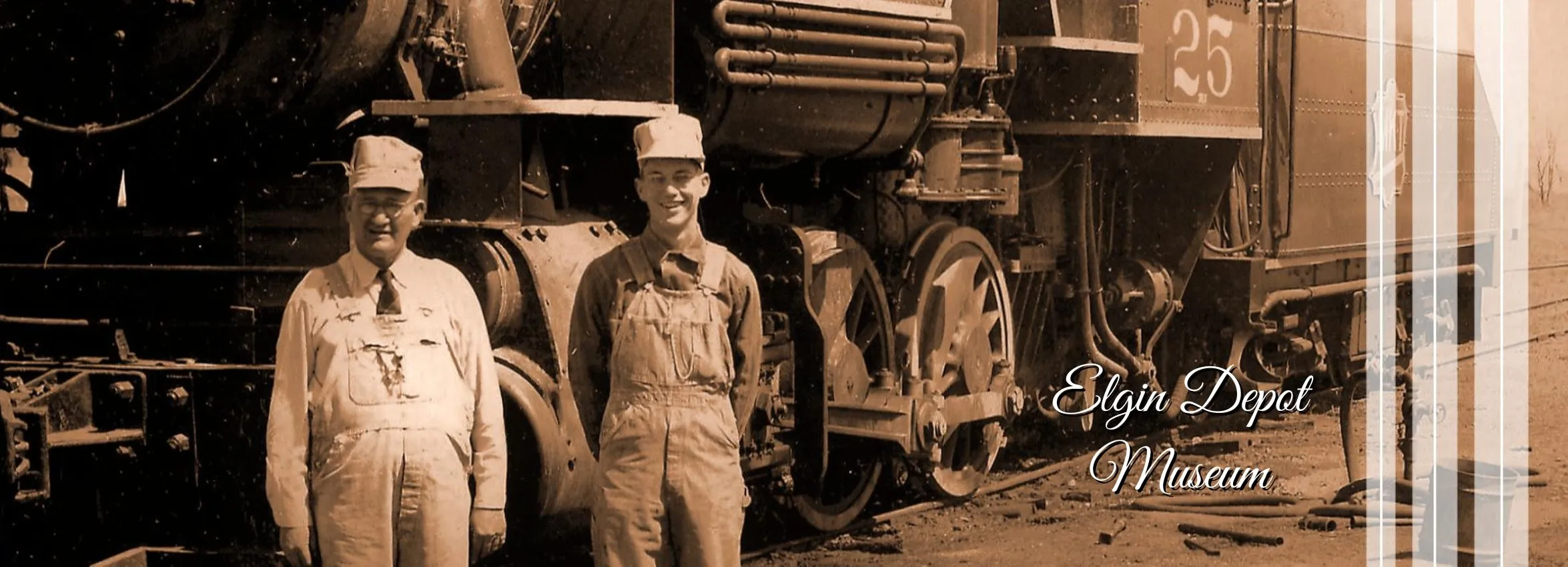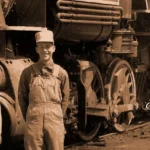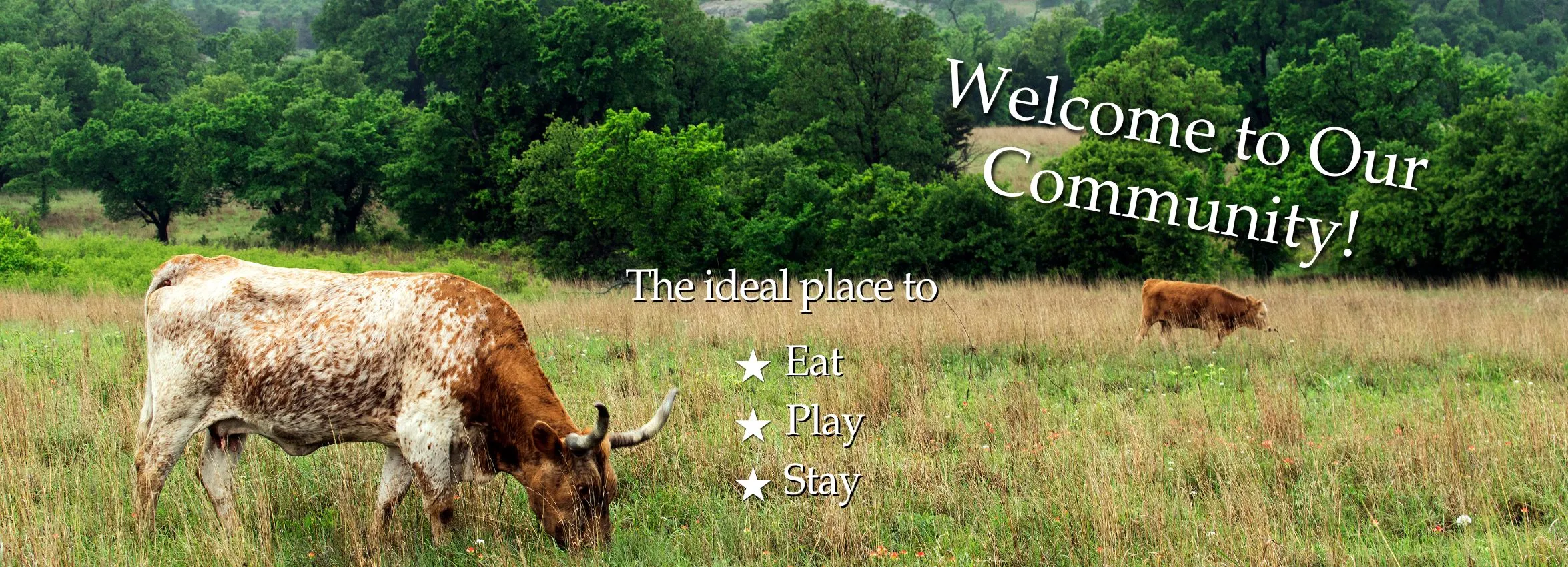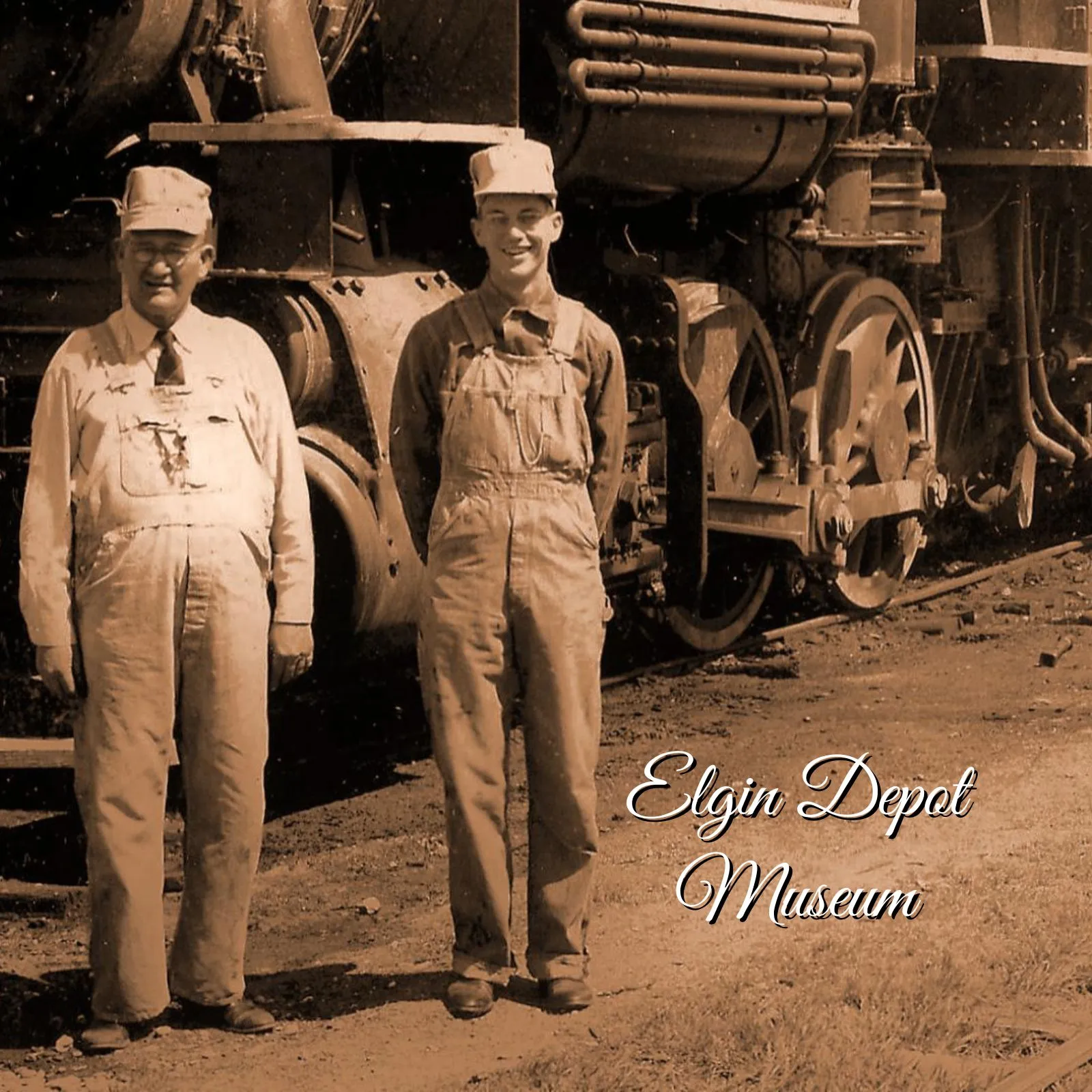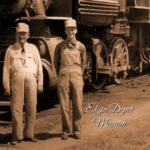History of Elgin, Texas: A Journey Through Time
Elgin, Texas, might be a small town, but it has a history as rich and colorful as any major city in Texas. Nestled in Bastrop and Travis counties, Elgin is known today for its world-famous sausage, brick-making heritage, and growing community. But the history of this town dates back over a century, rooted in the expansion of railroads and agriculture in the late 1800s. From its humble beginnings as a railway stop to its rise as a cultural hub, Elgin’s history is a captivating journey filled with stories of industry, community, and growth.
1. The Founding of Elgin, Texas: A Railway Town is Born
Elgin was officially founded on August 18, 1872, as a result of the expansion of the Houston and Texas Central Railway. As the railway pushed further into Central Texas, the company needed a depot along the line to serve the growing farming communities in the region. This location, originally known as “Glasscock,” was renamed Elgin, in honor of Robert Morris Elgin, the railroad’s land commissioner. This strategic decision cemented Elgin’s place as a transportation hub and a critical link for moving agricultural products, especially cotton, throughout Texas.
Key Early Developments
- Railroad depot established, creating economic growth.
- The town was platted in 1872, with Elgin’s downtown built around the railroads.
- Agriculture, particularly cotton, became the backbone of Elgin’s early economy.
2. The Importance of Cotton: Elgin’s Agricultural Roots
In the late 1800s and early 1900s, cotton was king in Texas, and Elgin was no exception. The fertile lands surrounding the town made it an ideal location for growing cotton, and Elgin soon became a bustling agricultural hub. Local farmers relied on the railroad to ship their crops to markets across the state and beyond. The town’s prosperity was closely tied to the success of its cotton industry.
However, like many towns in Texas, Elgin faced challenges during the Great Depression and the boll weevil infestations of the early 20th century, which caused significant damage to cotton crops. Despite these setbacks, Elgin’s agricultural roots remained strong, with farmers diversifying into livestock and other forms of agriculture.
Key Points:
- Cotton was Elgin’s primary industry for decades.
- The local economy was supported by the railroad, which shipped cotton to larger markets.
- The agricultural economy diversified after the boll weevil crisis, and livestock and grain production became increasingly important.
3. The Rise of Brick Making: The Birth of the “Brick Capital of the Southwest”
While agriculture defined Elgin’s early years, another industry would soon place it on the map—brick making. In the early 1900s, Elgin’s natural deposits of fine clay became the foundation of a booming brick-making industry. The town’s high-quality clay led to the establishment of several brick factories, including the famous Elgin-Butler Brick Company, which was founded in 1873 and remains in operation today.
Elgin bricks, known for their durability and distinct red color, were used in construction projects across Texas and beyond. Buildings in Dallas, Houston, and even Mexico City were built using Elgin bricks. The town soon earned the nickname “Brick Capital of the Southwest,” a title it still holds today.
Important Milestones:
- The discovery of high-quality clay in Elgin led to the growth of the brick industry.
- Elgin-Butler Brick Company became a leading supplier of bricks across the Southwest.
- Elgin bricks have been used in construction projects in major cities across North America.
4. Elgin’s Famous Sausage: The Sausage Capital of Texas
No history of Elgin would be complete without mentioning its other famous title: The Sausage Capital of Texas. The town’s sausage-making tradition dates back to 1882 when Southside Market & Barbeque was founded. What started as a simple meat market soon became renowned for its smoked sausage, made from a recipe brought over by German and Czech immigrants who settled in the area.
Over the years, Elgin’s sausage became a Texas institution. Today, Southside Market and Meyer’s Elgin Smokehouse continue to carry on the tradition, shipping their famous sausage across the country. Visitors flock to Elgin to taste the legendary smoked sausage and enjoy a plate of authentic Texas BBQ.
Key Points:
- Elgin’s sausage-making heritage began with the founding of Southside Market & Barbeque in 1882.
- German and Czech immigrants influenced the sausage recipes, which are still used today.
- Elgin is recognized as the Sausage Capital of Texas, and its sausage is shipped nationwide.
5. Immigration and Cultural Influence: A Melting Pot of Traditions
Elgin’s rich history is also shaped by the immigrants who settled in the area, particularly German, Czech, and Hispanic communities. These groups brought their unique traditions, foods, and languages, which have significantly influenced the town’s culture.
The German and Czech immigrants were largely responsible for introducing the sausage-making techniques that would make Elgin famous. Their culinary traditions are still alive today, with many families passing down recipes through generations. Meanwhile, the Hispanic community has also played a significant role in Elgin’s development, particularly in agriculture and local businesses.
Key Cultural Influences:
- German and Czech immigrants shaped Elgin’s culinary scene, particularly in sausage-making and BBQ.
- The Hispanic community has contributed to Elgin’s growth, both culturally and economically.
- Today, Elgin is a vibrant multicultural community that celebrates its diverse heritage through festivals, food, and local traditions.
6. Elgin’s Role in the Texas Revolution and Early Statehood
Elgin’s history is also intertwined with Texas’ journey toward independence and statehood. Although the town was not officially founded until the 1870s, the area played a role in the Texas Revolution and the state’s early history. Stephen F. Austin’s colony, which brought many of the first Anglo settlers to Texas, included parts of what would later become Elgin.
During the Texas Revolution, the Battle of San Jacinto and other significant events occurred nearby, and Elgin’s early settlers contributed to the fight for independence. As Texas transitioned from a republic to statehood, the Elgin area grew in importance as a center for agriculture and trade.
Historical Highlights:
- Elgin is located near areas of significance from the Texas Revolution.
- Early settlers contributed to Texas’ fight for independence.
- Elgin played a key role in the region’s agricultural development during early statehood.
7. The Great Depression and Recovery: Elgin’s Resilience
Like many American towns, Elgin was deeply affected by the Great Depression in the 1930s. The agricultural economy suffered as crop prices plummeted, and many farmers faced hardships. However, Elgin’s diverse economy—supported by both agriculture and brick-making—helped the town weather the storm.
During this time, community support was crucial, and Elgin’s residents came together to help one another through the worst of the economic downturn. The town slowly recovered, with new industries emerging and local businesses adapting to the changing economic landscape.
Key Takeaways:
- Elgin was impacted by the Great Depression, but its diverse economy helped it recover.
- The community played a central role in supporting one another during the economic downturn.
- Elgin’s brick industry and emerging businesses helped sustain the local economy through tough times.
8. The Modernization of Elgin: Growth and Development in the 20th Century
The second half of the 20th century saw significant changes in Elgin. As Austin grew into a tech hub and Texas capital, Elgin’s proximity to the city became one of its greatest assets. The town’s location along Highway 290 made it an attractive place for people seeking a quieter, more affordable alternative to Austin, while still remaining within commuting distance.
Elgin experienced steady population growth, and new businesses emerged to support the growing community. This period also saw investments in infrastructure, including new schools, parks, and community centers, helping Elgin become a family-friendly destination with a small-town charm.
Development Milestones:
- Elgin’s proximity to Austin spurred population growth and development.
- New businesses, schools, and parks emerged as the town modernized.
- Investments in infrastructure helped Elgin maintain its small-town charm while accommodating growth.
9. Elgin Today: A Thriving Community with Deep Roots
Today, Elgin, Texas, is a town that blends the past with the present. Its rich history is still evident in the town’s architecture, traditions, and community spirit, but it is also a modern town with growing industries, new developments, and a thriving cultural scene. Elgin has become a popular destination for people seeking a more relaxed lifestyle while still being within reach of the vibrant Austin metropolitan area.
Elgin’s historic downtown, with its red-brick streets, local boutiques, and renowned BBQ joints, continues to draw visitors from all over Texas. Meanwhile, its annual festivals, like the Hogeye Festival and Western Days, celebrate the town’s unique heritage and bring the community together in celebration.
Modern Elgin:
- Elgin remains a key location for both residents and visitors, blending history with modern amenities.
- Downtown Elgin is a cultural hub, featuring shops, restaurants, and historic buildings.
- Festivals and community events continue to play a vital role in celebrating the town’s history and culture.
10. Elgin’s Annual Festivals: Celebrating History and Culture
Elgin is well-known for its annual festivals, which highlight the town’s rich history and traditions. These events draw visitors from across Texas and celebrate everything from agriculture and brick making to Elgin’s famous sausage.
Key Festivals:
- Hogeye Festival: Held every October, this quirky festival celebrates Elgin’s title as the Sausage Capital of Texas. The event features live music, a parade, arts and crafts vendors, and, of course, plenty of BBQ.
- Western Days Festival: Celebrating Elgin’s Western heritage, this event takes place in June and features a rodeo, parade, live music, and a variety of family-friendly activities.
These festivals not only celebrate Elgin’s past but also play a crucial role in fostering community spirit and drawing tourism to the area.
Conclusion: A Town with Deep Roots and a Bright Future
From its origins as a railroad stop to its status as the Brick Capital of the Southwest and Sausage Capital of Texas, Elgin is a town steeped in history and tradition. Over the years, Elgin has grown from a small agricultural hub to a vibrant community with a thriving cultural scene, while still maintaining its small-town charm.
Whether you’re visiting for its famous BBQ, attending one of its annual festivals, or simply exploring its historic downtown, Elgin offers a unique window into Texas history. As the town continues to grow and modernize, it holds on to its rich past, making it a truly special place to visit and live.
